|
|
||||||||||||||||||||||||||||||||
|
|
||||||||||||||||||||||||||||||||
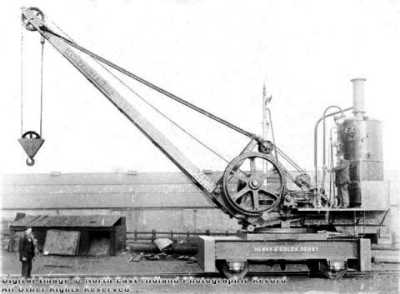 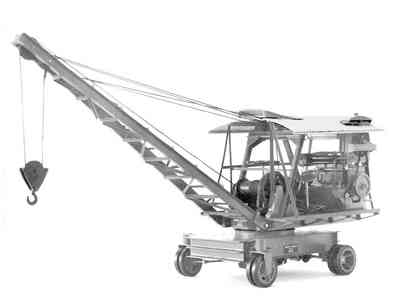 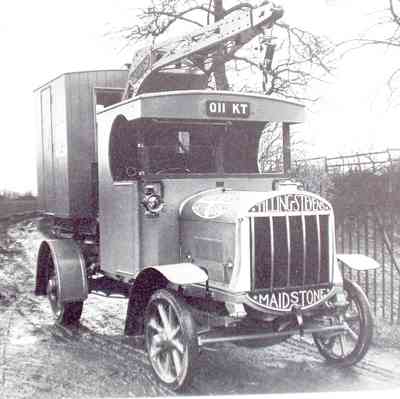 -3T-4x2-1938-mk1-m-3.jpg) -5T-6x4-1939-m-1.jpg) -6T-4x2-1959-mk3-h-2.jpg) 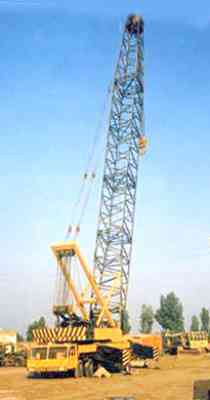 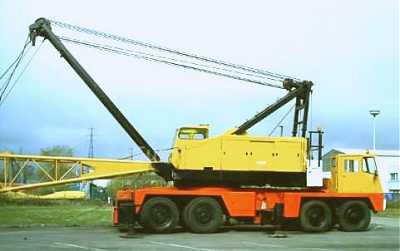 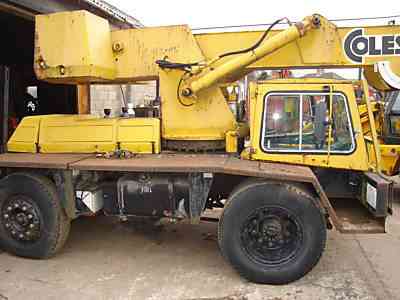 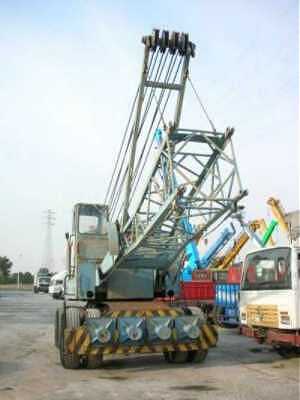 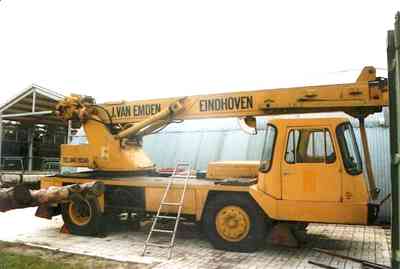 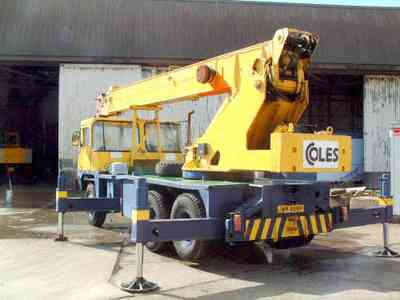 -10T-4x2-1969-m-1.jpg) 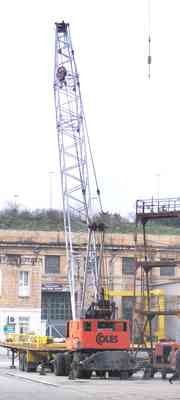 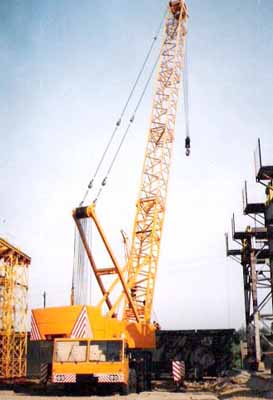 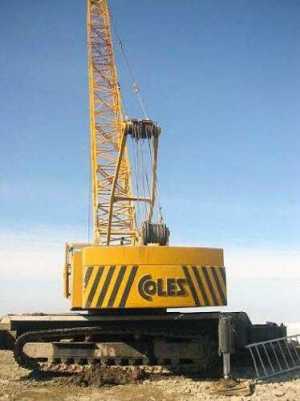 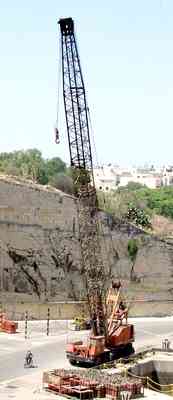 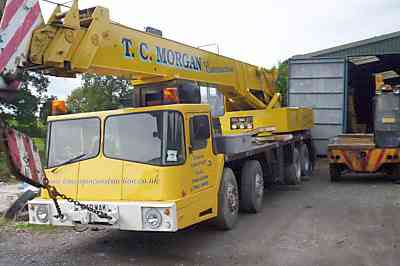 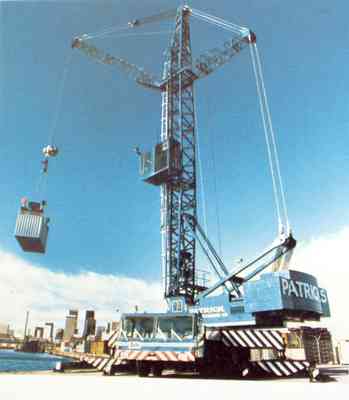 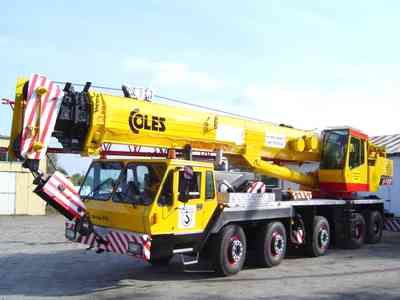 |
1847 24 June Birth of Henry James Coles
1860 29 October - Birth of Walter Joseph Coles
1860 - Henry Coles apprenticed to S. Worssam and Company (later A. Ransome and Company)
1863 - Birth of Ernest Harcourt Coles
1870 - Henry Colt*s joins Maudslay, Sons and Field
1872 - Henry Coles joins Applcby Brothers
1875 15 Feb - Henry Coles marries Amy Elizabeth Burks
1877 29 Aug - Birth of Henry James Coles junior
1878 - Henry J Coles and his three brothers, Frederick, Walter and Ernest, set up their own business making cranes in an engineering workshop in Summer Street, Southwark, London. They had learnt the trade working for another London crane making company.
1879 - Henry Coles takes over App leby Bros Sumner Street factory 2 March 1884 Birth of Harold Lewis Coles
1887 - Catalogue shows gantry cranes but by 1894 there were no longer catalogued. Main work was on steam powered slewing cranes of 2 to 10 tons lifting capacity. By 1890 they were making 15 to 20 a year half for export.
1890 - Range of rail mounted steam units some with Coles Patent single chain grab.
1894 - 15 ton unit was built.
1897 - Experimented and built a hydraulic pressurised water crane. (This technology was being used allot at this period the best example being Tower Bridge in London. The first crane using hydraulic water was built in Aberdeen docks. This was a technology not suited to a moving unit.)
1898 - Needing larger move to a site in Derby for an all-new factory although continue to call it The London Crane Works. Development new generation of rail cranes.
1905 28 April - Death of Henry Coles senior
1905 - Henry J Coles dies. A 36 tonne steam rail crane is developed.
1907 - Cole's eldest son founds 'Henry Coles Ltd'. A 40 ton lift fully slewing crane was built. (as old photos.) This machine selling well to steelworks.
1907 7 March - Incorporation of Henry J. Coles Limited
1913 - Introduction of rail crane with internal combustion engine- chain driven and still relatively uncommon at this time.
1917 June - Death of Henry Coles junior
1920 - Work starts on totally mobile crane based on Tilling- Stevens petrol electric solid tyred chassis.
1922 Dec - Launch of Tilling—Stevens lorry crane 1924 12 March - Death of Walter Coles 1925 27 Feb - Death of Harold Colcs 1925 28 Dec - Death of Ernest Coles
1926 - Alfred W Farnsworth, William Searl and William Robinson took over Coles 1926 20 Oct - Sale of company to A. W. Farnsworth
1928 - Introduction offirst diesel engine crane railway crane (railway version of the model)
1929 - photo of diesel- electric crawler with emma type slewing unit
1931 - Automatic reversing steering patented
1937 13 July - Order received for 82 EMA mobiles
1939 31 Jan - Sale of Henry J. Coles Limited to Steel and Co. Limited
1936 - Supplied Air Ministry with two units mounted on Morris chassis with full pneumatic tyres,
1937 - Air Ministry order 82 units of the 2 ton crane to be know as the EMA.
1938 - 60 cranes built at Derby for Air Minstery,
1939 - Coles take over Sunderland based Steel & Co., work here almost exclusively for the military ----- where 120 cranes EMA units were made.
1943 11 Dec - Incorporation of Steels Engineering Products Ltd
1946 - All production was now in Sunderland
1948 - Derby factory closed
1948 - 12˝ ton crane introduced
1948 - The EMMA was still being produced by Coles and updated, a semi domes cab was introduced (probably made by manufacturers who had been making fighter cockpits) and fairing over the wheels were added.
1954 - Coles producing wide range of rail, truck and self-contained mobile cranes. All types, cantilever, lattice boom and mounted on slewing superstructures. Experiments with telescoping booms. Colossus, then world's largest mobile with a lift of 41 tons,
1959 - F. Taylor & Sons of Manchester became part of the Group. Taylor had almost perfected the totally hydraulic crane. (See Husky)
1959 - R H Neal Ltd of Dysart Road, Grantham in business since 1939 were taken over by Coles. Neal were producing units using diesel-mechanical drive systems which were becoming popular.
1960 - Coles had workshop in Duisburg which created some of the company's largest lattice boom crane and a number of telescopic cranes. the Plant closes in 1980
1962 - Coles with Taylor's brought out the Taylor Jumbo Speed crane, soon re christened Coles Hydra. Taylor's 42 series all wheel drive and the general purpose 50 series (book page 173) were hydraulic and rear wheel steering.
1962 - First Hydra Speedcranes introduced
1963 - Introduction of Coles Centurion, capacity of 100 tons.
1964 20 March - Change of name from Steels Engineering Products Ltd to British Crane and Excavator Corporation Ltd
1966 - Coles began off road cranes at the Taylor works in Glazebury A particular feature of these cranes was the synchronised telescoping boom. First Hydra Trucks introduced
1967 - The first Hydra Husky rough terrain with 4 large tyres, with four wheel steering, as was the practice in America.
1969 - First 30 ton Hydra Truck.
1970 13 March - Whole group (British Crane and Excavator Corporation Ltd and others in previously still trading under their own names) was renamed Coles Cranes.
1970 - LT 4000 with 143 ton capacity brought out.
1971 - Coles Colossus introduced 6000 with a lift of 250-tons.
1972 - Coles Cranes Group taken over by Acrow Ltd as Coles needed money for improved plant, machinery and premises which were now very old. Acrow Brong with them as part of their group Priestmans of Hull.
1973 - 100 ton LH 1000 truck mounted Hydraulic Crane with telescopic boom introduced.
1975 - Between 75 and 77 new ranges of Speedcranes, Trucks and Huskies were introduced
1976 - Research Centre opened by W. A. de Vigier
1977 - Jubilee factory opened by W. A. de Vigier
1978 - Coles launch the Hydramobile 911 self propelled hydraulic crane built at Darlington, a yard assembly crane.
1979 - Coles began to supply ports and harbours with cranes. The Colossus LH 4200 Mobile Port Tower, British design built in Germany.
1982 - Garntham and Glazenbury works closed as part of rationalisation exercise
1984 - Acrow group go into liquidation taking Coles down with it.
1984/5 - Grove operating from Oxford buy the Coles crane operation from liquidators. They Close the Oxford works and base themselves at the Sunderland works calling the combined unit Grove Coles Ltd.
1995 - Grove buy crane division form the German group Krupp to obtain latest technology.
1998 - Grove drop the Coles name from their title. All manufacture of truck cranes stopped. Grove Europe concentrated all on AT cranes.
1998 - Sunderland factory closes with the loss of 670 jobs.
|
|||||||||||||||||||||||||||||||
|
|
||||||||||
|
|